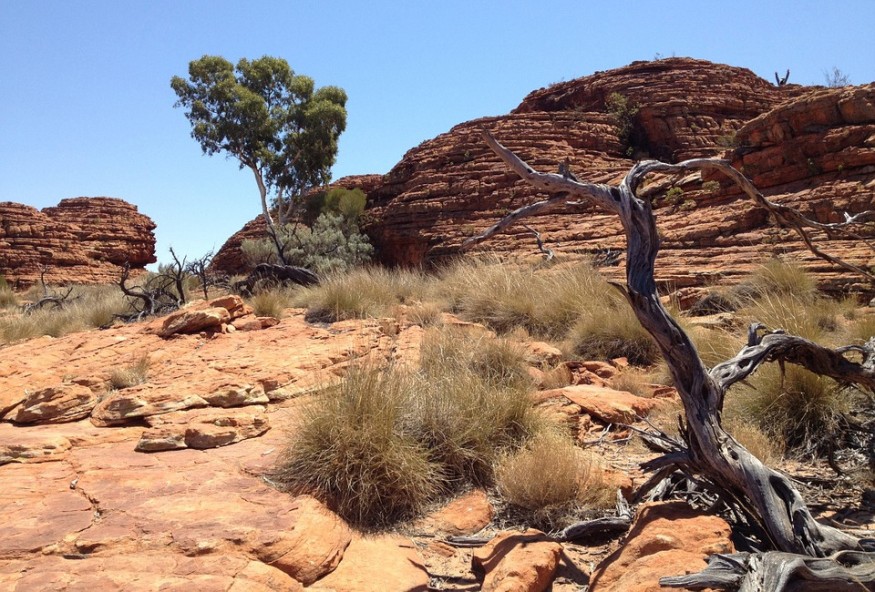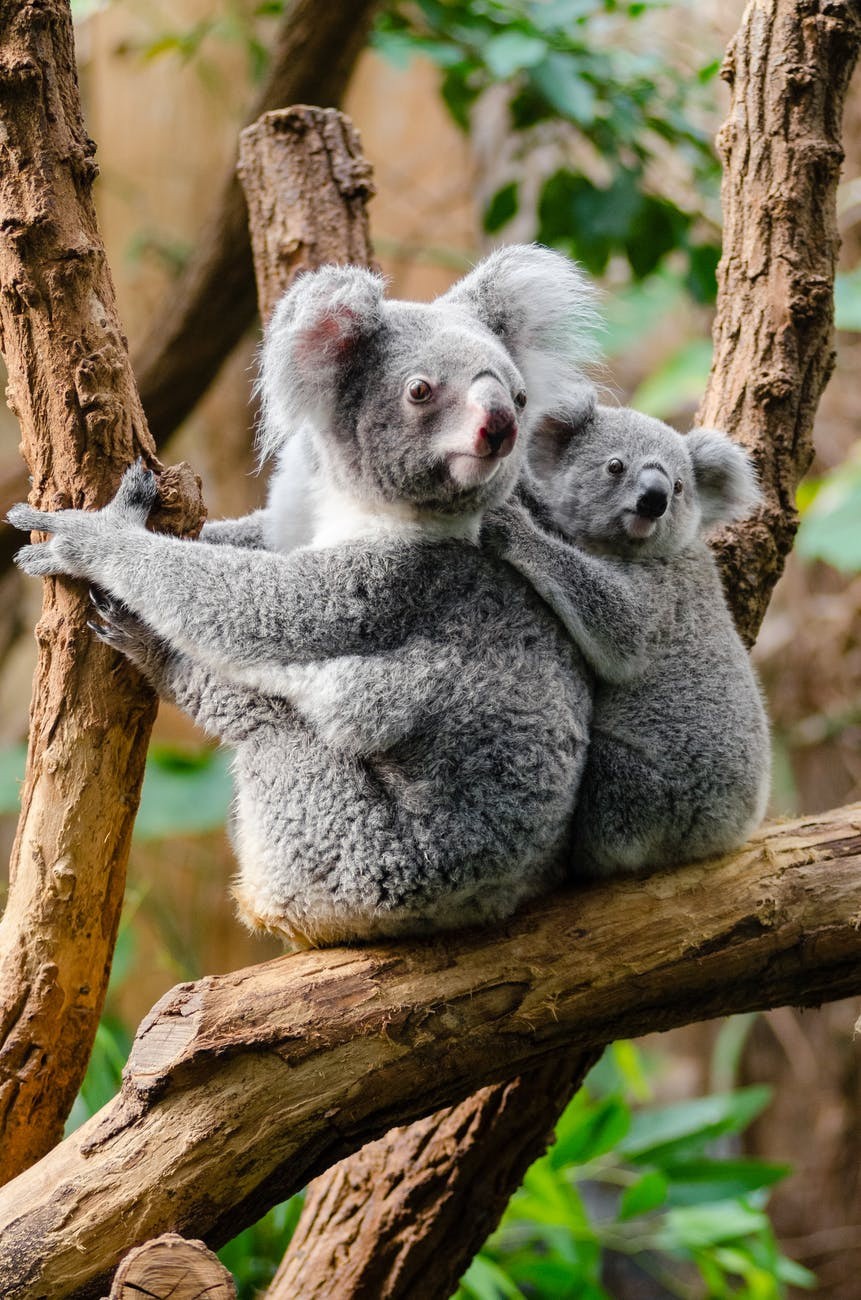In Australia's collective mythology, the outback plays a significant role. For others, it's a mythical land of extreme beauty and adversity that shaped the Australian psyche. For some, though, this is a false myth - a tale that "Australia wished to tell itself and desired to believe, of a property that had been taken from Aboriginal people," as author Alexis Wright puts it.

Outback

What is certain is that the enormous country, which encompasses 5.6 million square kilometers and includes the Northern Territory, much of Western Australia, South Australia, Queensland, and a corner of New South Wales, is one of the world's few great untamed regions.
Putting Focus
Calla Wahlquist, Josh Nicholas, and Nick Evershed attempted to discover who owns the outback. They find some intriguing answers after months of digging. According to the knowledge they gathered, outback Australia is increasingly concentrated in land ownership, with a growing Indigenous farm.
Alexis Wright writes an essay on what "the outback" means to Indigenous Australians and the meanings of the word. "The word outback is an unfamiliar idea for Aboriginal people, implying that somebody is a long way from home, and home is somewhere else," she writes. "Whether we are in the desert, the jungle, or by the sea, we consider our country to be our home. The continent as a whole is our birthplace and the source of our well-being and sense of belonging."
Related Article : Climate Change Concerns Make Funding Australia's Fossil Fuel Industry Projects Difficult
Protecting the Outback

Protecting the outback also appears to take a back seat to reap the benefits of its abundant wealth. Graham Readfearn, an environmental reporter, and David Maurice Smith, a photographer, travel to Queensland's channel country to explore gas companies' proposed proposals to frack the fragile flood plain area. Although environmentalists and conservative elders raise the alarm, the prospect divides the local community.
There are some viable options for living in peace with the environment. For more than 65,000 years, the ancestral owners of Arnhem Land in the Northern Territory have looked after their land. Photojournalist David Hancock travels to the glorious stone country to see the work of the Warddeken rangers, who use burning to administer their lands using Indigenous experience and western technology. They minimize wildfire destruction and greenhouse gas pollution, increase habitat, and provide a source of income for conventional custodians and their children due to their efforts.
Others, such as a small number of Western Australian farmers who have banded together to combat climate change, have devised remedies. Agriculture has long been blamed for the greenhouse emissions and harming the atmosphere due to field clearance. Journalist Rob Baird interviews a pastoral couple from Western Australia who are "living and breathing climate change now" and take action to fight it. They're planting trees, using no-till cultivation to reduce deforestation, and taking other measures to achieve carbon neutrality by 2030.
Australian Biodiversity

Many rare plant and animal species can be found in the outback. One is the dingo, but as Adam Morton learns, surprisingly little is learned about the breed for such a charismatic breed. He writes that how to handle dingoes - and whether or not to accept their existence - is still a contentious topic among Australians. Some, however, claim they play an important role in maintaining the ecosystem's equilibrium and should be preserved rather than hunted.
It's not easy to live in the outback. Power, water, utilities, and other facilities are not the same as in the area, and digital access is spotty at best, making remote healthcare difficult. Just a hardy few are left to provide for the wildland as the population declines. As Denise Cullen learns when she visits the tiny village of Barcoo shire, many that survive appear bound by the suffering. For others, the outback is indeed a place of possibility.
Read also: Mammal Extinction Capital of the World: 5 of Australia's Critically Endangered Mammal Species
For more Environmental news, don't forget to follow Nature World News!
© 2025 NatureWorldNews.com All rights reserved. Do not reproduce without permission.





